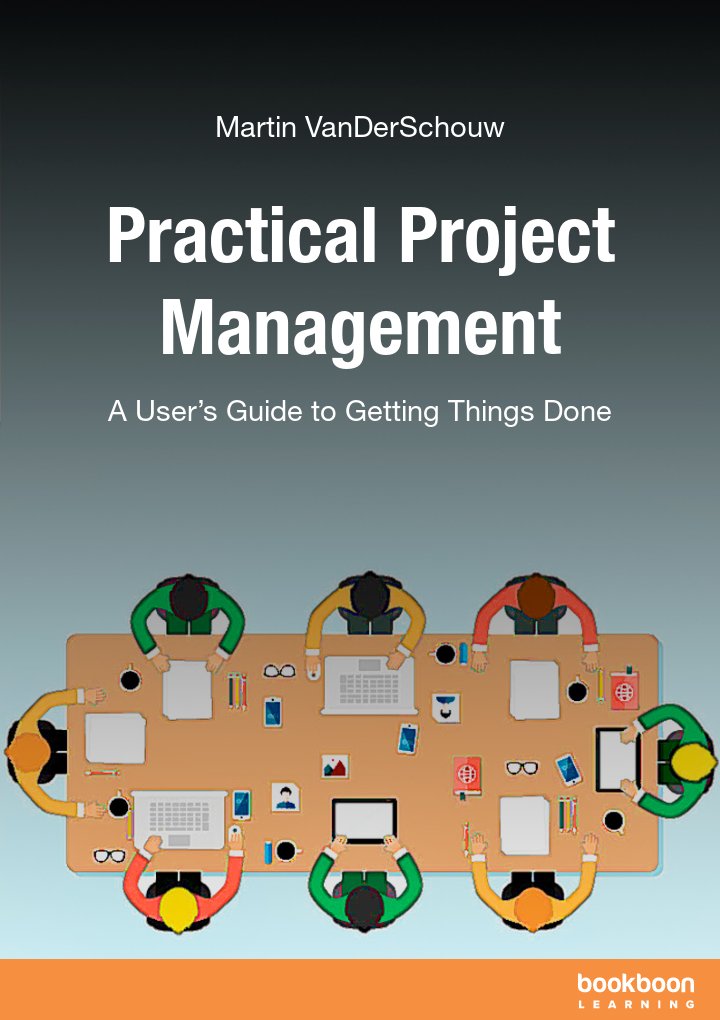Strategic Project Management Made Simple Ebook Reader
Strategic Project Management Made Simple has the Practical Tools that Help Leaders and Teams to SucceedSubscribe, Like, Share, Comment so that Igor can continue to bring you leaders and experts who will provide the insights to help you succeed.Welcome to WITS.What It Takes to Succeed show with your host Igor Zdorovyak.By trade Igor Zdorovyak is a Technical Business Transformation Project, Program, Portfolio Manager with expertise in PMI, Scrum Agile, Lean Six Sigma Black Belt, ITIL and other methodologies, techniques and practices. For many years Igor has been writing about What It Takes to Succeed interviewing leaders and experts in their fields.

Now he is bringing it to the masses, as Tim Ferriss would say, on a new platform.Igor’s second guest brings a fresh approach to tackling complex projects. Terry Schmidt’s latest book “Strategic Project Management Made Simple: Practical Tools for Leaders and Teams” (Wiley). His methodology has been called a breakthrough approach and the book is recognized as one of the 8 best PM books on the market, along with noted authors Peter Drucker and Jim Collins.Terry is president of ManagementPro, a Seattle based consulting and training company. Terry is a recognized expert in Strategic Planning and Project Management who has helped over 25,000 people in industries of all types in 42 countries to solve business problems through his innovative Logical Framework Approach (LFA).The Logical Framework captures key elements of a project in a 4x4 visual matrix that integrates key concepts from strategic thinking, project management, and the scientific method. Terry has identified four critical questions that populate the matrix and help teams to create their own strong strategic foundation.
These questions are:1. What are we trying to accomplish and why?2. How will we measure success?3. What other conditions must exist?4.
How do we get there?The first question brings a clear understanding of the what and why of a project. The second and third questions clarify success measures and identify the risky assumptions that can later cause problems if not spotted early. The forth questions helps to lay out the activities, budgets, and schedules.Most project approaches concentrate on the how without first adequately addressing the three other questions.
Strategic Project Management Made Simple
Project managers of all skill levels can get outstanding results by using these four critical questions, the “LogFrame” matrix, and the embedded innovative concepts that help design better projects faster.Terry is kind enough to offer additional free resources at https:bit.ly/Terry-WITSThese include an article about the Logical Framework, plus a 12 minute 'live' video filmed at a PMI conference, in which he guides a group developing a LogFrame project plan to save dogs from euthanasia.
When Fortune Magazine estimated that 70% of all strategies fail, it also noted that most of these strategies were basically sound, but could not be executed. The central premise of Strategic Project Management Made Simple is that most projects and strategies never get off the ground because of adhoc, haphazard, and obsolete methods used to turn their ideas into coherent an When Fortune Magazine estimated that 70% of all strategies fail, it also noted that most of these strategies were basically sound, but could not be executed. The central premise of Strategic Project Management Made Simple is that most projects and strategies never get off the ground because of adhoc, haphazard, and obsolete methods used to turn their ideas into coherent and actionable plans. Strategic Project Management Made Simple is the first book to couple a step-by-step process with an interactive thinking tool that takes a strategic approach to designing projects and action initiatives. Strategic Project Management Made Simple builds a solid platform upon four critical questions that are vital for teams to intelligently answer in order to create their own strong, strategic foundation. These questions are:1.
What are we trying to accomplish and why?2. How will we measure success?3.
What other conditions must exist?4. How do we get there?This fresh approach begins with clearly understanding the what and why of a project - comprehending the bigger picture goals that are often given only lip service or cursory reviews. The second and third questions clarify success measures and identify the risky assumptions that can later cause pain if not spotted early.
The how questions - what are the activities, budgets, and schedules - comes last in our four-question system. By contrast, most project approaches prematurely concentrate on the how without first adequately addressing the three other questions. These four questions guide readers into fleshing out a simple, yet sophisticated, mental workbench called 'the Logical Framework' - a Systems Thinking paradigm that lays out one's own project strategy in an easily accessible, interactive 4x4 matrix.
The inclusion of memorable features and concepts (four critical questions, LogFrame matrix, If-then thinking, and Implementation Equation) make this book unique. Purposeful project management toolsHave you ever been part of a project that seemed to be an empty exercise in chart maintenance? Terry Schmidt shows you how to avoid that pitfall by designing your project to provide real strategic value to your company. He also provides excellent tools you can use on every project to make sure that its work is meaningful, that your logical design for the project is sound and that you have organized its work in purposeful chunks. Since project management depends Purposeful project management toolsHave you ever been part of a project that seemed to be an empty exercise in chart maintenance? Terry Schmidt shows you how to avoid that pitfall by designing your project to provide real strategic value to your company. He also provides excellent tools you can use on every project to make sure that its work is meaningful, that your logical design for the project is sound and that you have organized its work in purposeful chunks.
Since project management depends on people, Schmidt shows you how to involve your colleagues, team members and stakeholders. He organizes his chapters for clarity and ends them with summaries of the main points. He provides the forms you need, and explains how to adapt and use them. Schmidt illustrates his principles with real-world examples drawn from his long experience consulting with companies and governments. He even throws in some nice humor and a few quite funny cartoons. GetAbstract recommends this helpful, thoughtful look at project management. Schmidt goes beyond explaining the right techniques to focus on doing projects in a way that provides strategic value.
This book is about planning, and to a lesser extent about management. Good plans results from four questions — what are we trying to achieve? What are the success criteria? What assumptions are we making? And finally How to get there? In addition, a matrix, which opposes the objectives to the success criteria and the assumptions, permits to convey the key aspects of the plan. Although the arguments are convincing, the practice will tell me whether this approach turns out to be as effective as de This book is about planning, and to a lesser extent about management.

Strategic Project Management Made Simple Ebook Reader Free

Good plans results from four questions — what are we trying to achieve? What are the success criteria? What assumptions are we making?
And finally How to get there? In addition, a matrix, which opposes the objectives to the success criteria and the assumptions, permits to convey the key aspects of the plan. Although the arguments are convincing, the practice will tell me whether this approach turns out to be as effective as described.